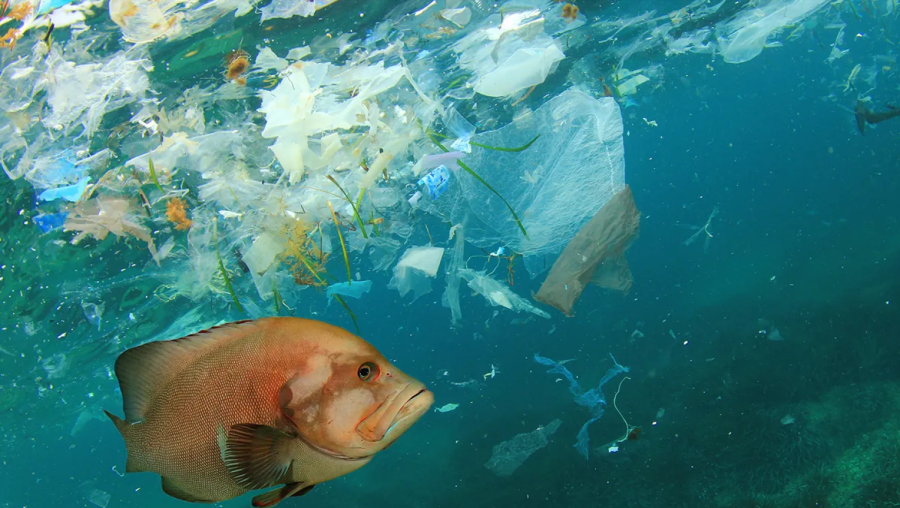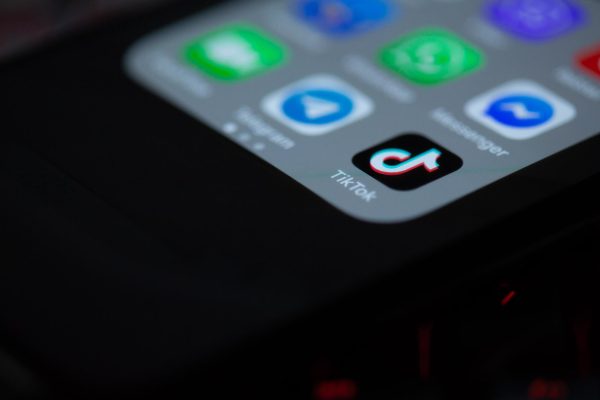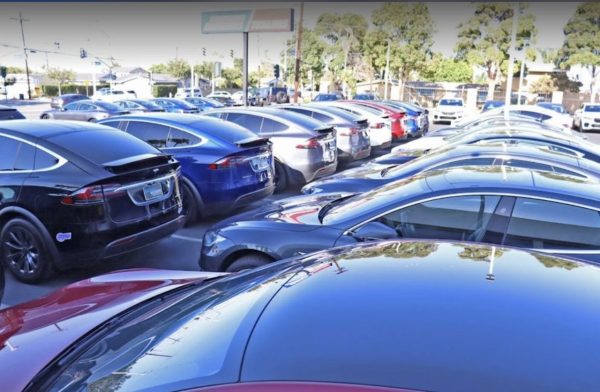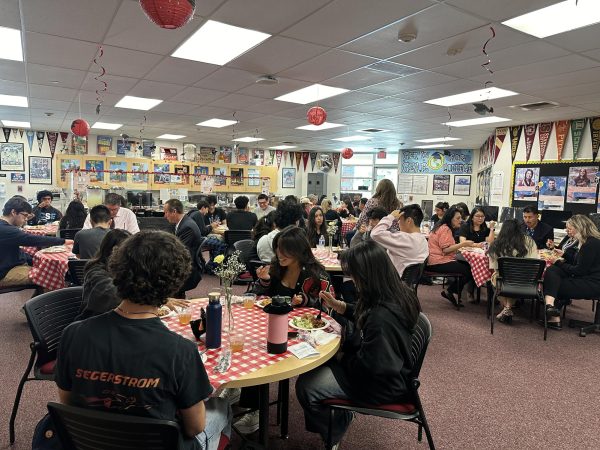It’s Time To Rethink Sushi
(Photo courtesy of PBN)
Plastic in the ocean is a huge problem in today’s society and humans are directly affected through eating fish.
November 16, 2021
In a typical Californian diet, fish has become a staple. Whether it’s tuna cut rolls, poke, or a tray of oven-baked, slathered in butter salmon, fish plays a substantial role in the food we eat.
“I really enjoy sushi. I would eat it twice a week if I could,” says Diana Hernandez (12). “I definitely think that fish is a big part of the American diet.”
And according to the EPA, fish are essential when planning healthy meals because they are low-calorie sources of protein, containing omega-3 fatty acids.
“I do think that fish is really healthy because it has so many nutrients, vitamins, and proteins,” says Nadia Tran (12). “We have always been taught in school and by our parents that we should try to consume as much fish as possible.”
However, because of the sheer amount of plastic in the ocean, there are many environmental concerns for wildlife like fish. It was reported that by 2050, there will be more plastic in the sea than fish by weight. On Midway Atoll, an island in the North Pacific Ocean, thousands of birds’ bodies have rotted because of the ingestion of plastic. Dissection of birds revealed that bottle tops, cigarette lighters, and endless tiny shards of plastic are some of the pollution present in birds’ stomachs. When they ingest plastic, organisms feel full and do not continue eating, resulting in malnutrition and eventually death.
And it’s not just birds. Microplastics are often ingested by fish, which are then harvested by humans and sold in the market. You could be eating your own toothbrush and you wouldn’t know it. This may be surprising to many people because many assume the plastic is in such large chunks that fish cannot actually eat them or the plastic can be removed after the fish are caught. However, those in Europe who eat shellfish could be eating up to 11,000 pieces of micro-plastic annually. These particles may be extremely small. While we don’t know the exact effects, the chemical contaminants could be carcinogenic. In addition, plastic not only poses a direct threat to humans, it also has impacted the fish themselves. The plastic diet has decreased growth rates and hatching rates, while increasing abnormal behaviors for fish.
The consequences of the amount of plastic indicate there is not much we can do individually in order to resolve this situation. However, the more people who can reduce their waste by using less plastic, the better it will be for the environment. We can hopefully protect the fish and our own health.










